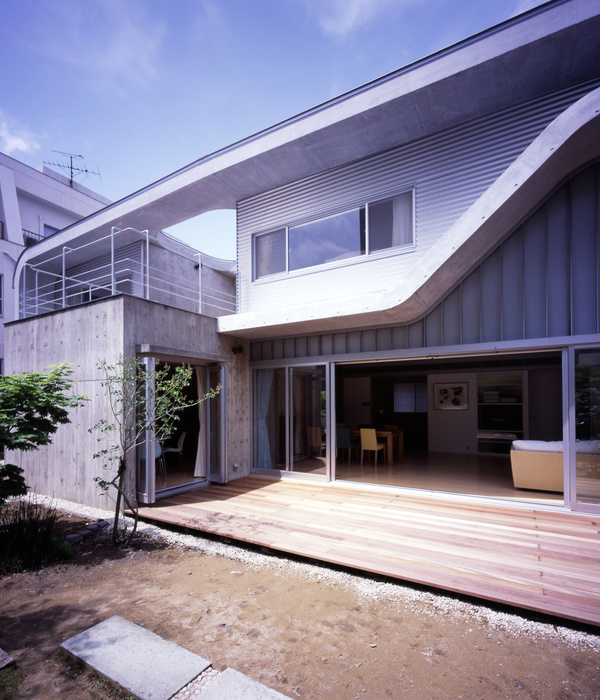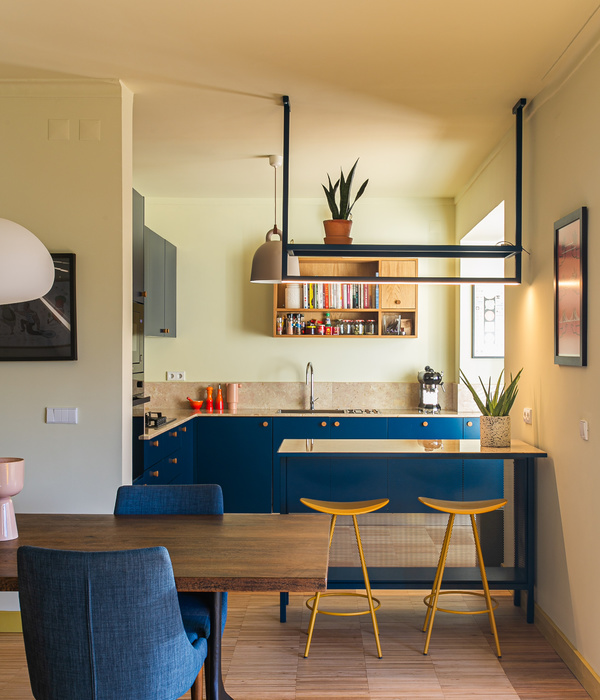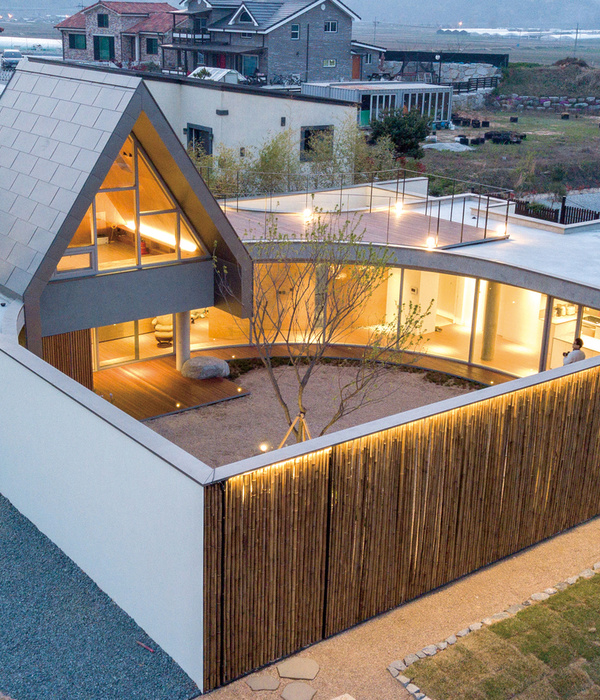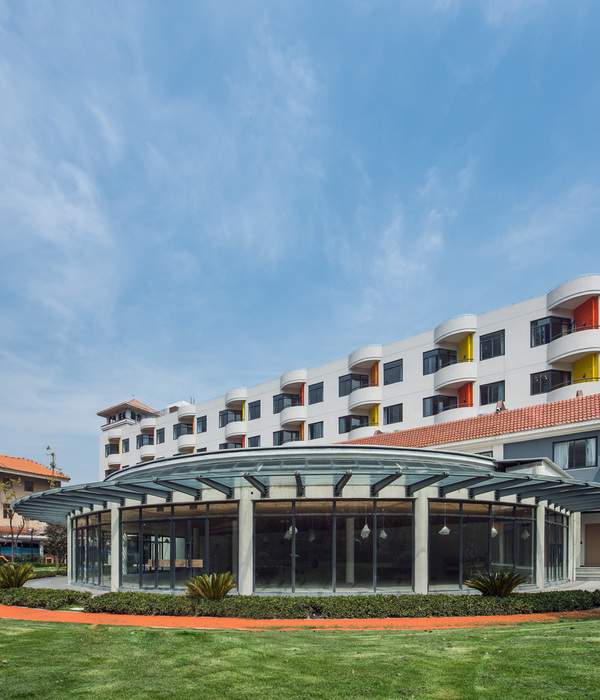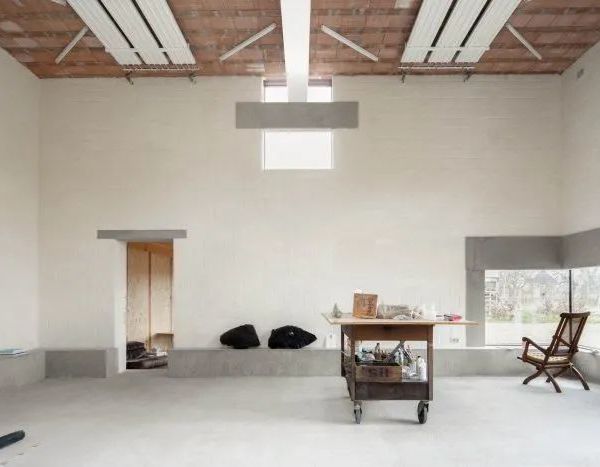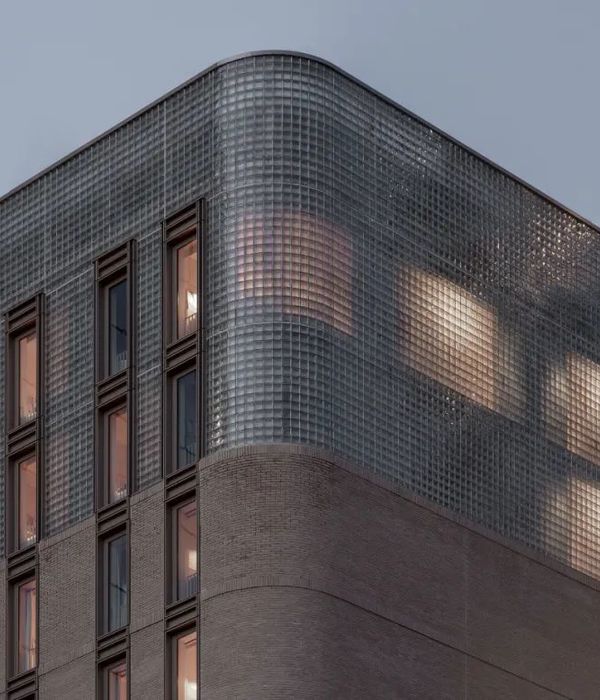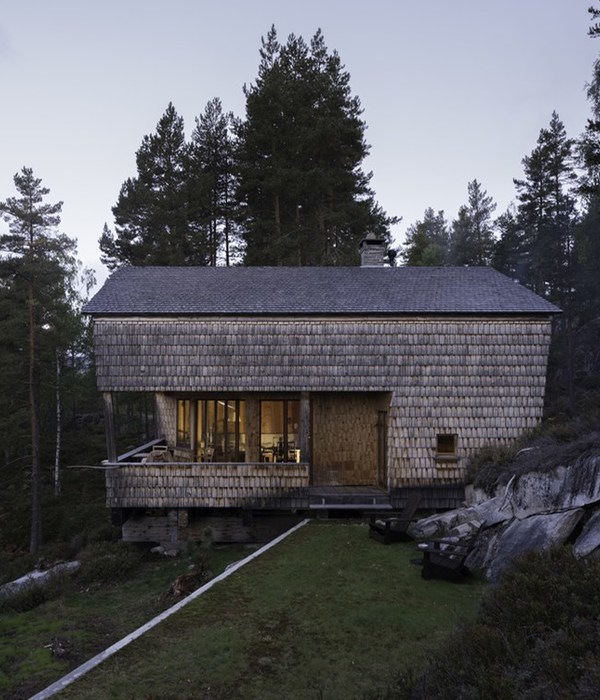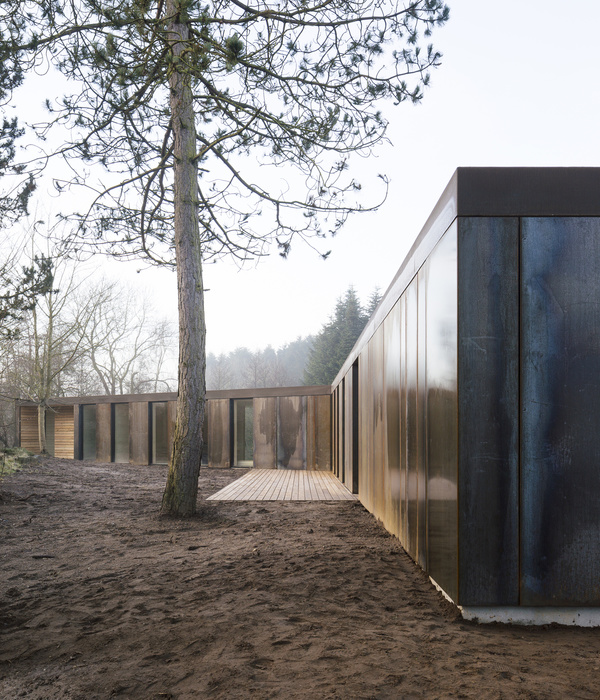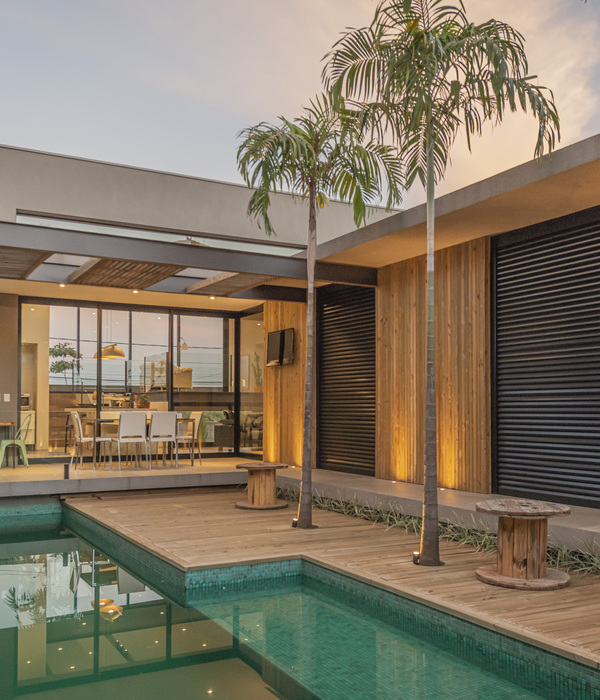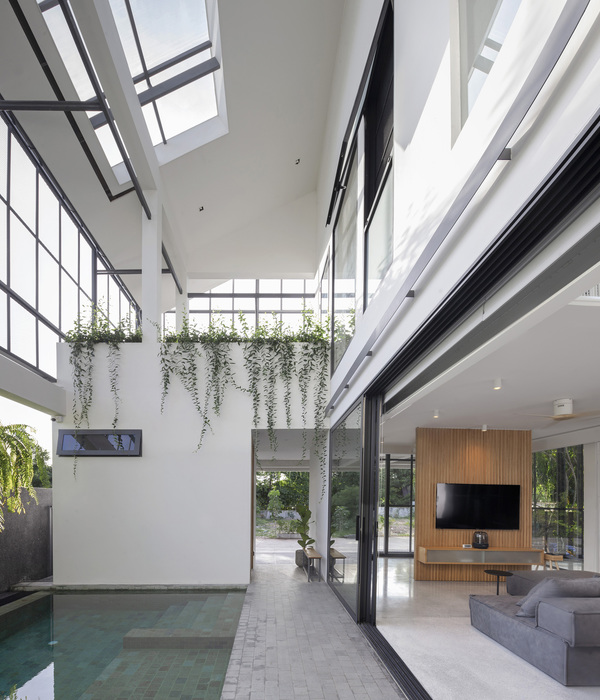© Integrated Studio
(c)综合演播室
架构师提供的文本描述。这个多式联运中心位于历史悠久的米尔工作区内,毗邻一条州际公路和市中心的边缘,旨在用地方、联邦和国家资助的基础设施重建历史街区。它能够容纳未来潜在的客运列车,连接芝加哥和明尼阿波利斯。这个校园由三个部分组成:一个可容纳292辆汽车的结构化停车场(最终可扩展到450辆车)、一条架空人行道以及为当地和州际公共汽车服务提供票务的终点站大楼、过境办公空间和该地区的公共厕所。
Text description provided by the architects. Situated within the Historic Millwork District, which is bordered between a state highway and the edge of downtown, this intermodal transportation center aims to regenerate the historic district with Local, Federal and State funded infrastructure. It is capable of accommodating a potential future passenger train connecting to Chicago and Minneapolis. Three components make up this campus: a structured parking garage for 292 vehicles (with an eventual expansion to 450 vehicles), an overhead walkway, and the terminal building which provides ticketing for both local and interstate bus services, transit office space, and public restrooms for the area.
Text description provided by the architects. Situated within the Historic Millwork District, which is bordered between a state highway and the edge of downtown, this intermodal transportation center aims to regenerate the historic district with Local, Federal and State funded infrastructure. It is capable of accommodating a potential future passenger train connecting to Chicago and Minneapolis. Three components make up this campus: a structured parking garage for 292 vehicles (with an eventual expansion to 450 vehicles), an overhead walkway, and the terminal building which provides ticketing for both local and interstate bus services, transit office space, and public restrooms for the area.
© Integrated Studio
(c)综合演播室
建筑物的规划要素是有意为该地区创造一个背景,并将该地区从公路上隔开。该解决方案还有助于为该地区创造一个城市边缘,并在地区总体规划中提出一个未来的公共绿地。
The programmatic elements of the buildings are situated intentionally to create a backdrop for the district and screen the area from the highway. The solution also helps create an urban edge for the district and frames a future public green space proposed in the district master plan.
The programmatic elements of the buildings are situated intentionally to create a backdrop for the district and screen the area from the highway. The solution also helps create an urban edge for the district and frames a future public green space proposed in the district master plan.
Floor Plan
建筑物的规模和比例通过柱面和窗间距来参照其历史背景,这使人们回想起周围仓库建筑正面的节奏。这也符合国家对新建筑的历史保护准则。
The scale and proportioning of the buildings reference its historic setting through column and window spacing that recall the rhythm of surrounding warehouse building facades. This also meets the State’s historical preservation guidelines for new buildings.
The scale and proportioning of the buildings reference its historic setting through column and window spacing that recall the rhythm of surrounding warehouse building facades. This also meets the State’s historical preservation guidelines for new buildings.
© Integrated Studio
(c)综合演播室
兵马俑是主要的包覆材料,并称赞该地区的砖结构:巴盖特包覆停车构件和一个陶土雨幕系统,包覆终端建筑。不同角度和位置的美洲豹有助于甄别停放的车辆,同时满足开放要求。这一模式反映在穿孔铝板的规模缩小,这是一个统一的元素,以突出建筑物之间的行人循环。
Terracotta is the primary cladding material and compliments the district’s brick construction: baguettes clad the parking component and a terracotta rain-screen system clads the terminal building. The varying angles and locations of the baguettes aid in screening parked vehicles while meeting openness requirements. This resulting pattern is reflected at a reduced scale in the perforated aluminum panels, which are used as a unifying element to highlight pedestrian circulation between the buildings.
Terracotta is the primary cladding material and compliments the district’s brick construction: baguettes clad the parking component and a terracotta rain-screen system clads the terminal building. The varying angles and locations of the baguettes aid in screening parked vehicles while meeting openness requirements. This resulting pattern is reflected at a reduced scale in the perforated aluminum panels, which are used as a unifying element to highlight pedestrian circulation between the buildings.
© Integrated Studio
(c)综合演播室
Architects Neumann Monson Architects
Location Dubuque, Iowa, United States
Area 9.492 m2
Project Year 2016
Photographs Integrated Studio
Category Transportation Hub
Manufacturers Loading...
{{item.text_origin}}

